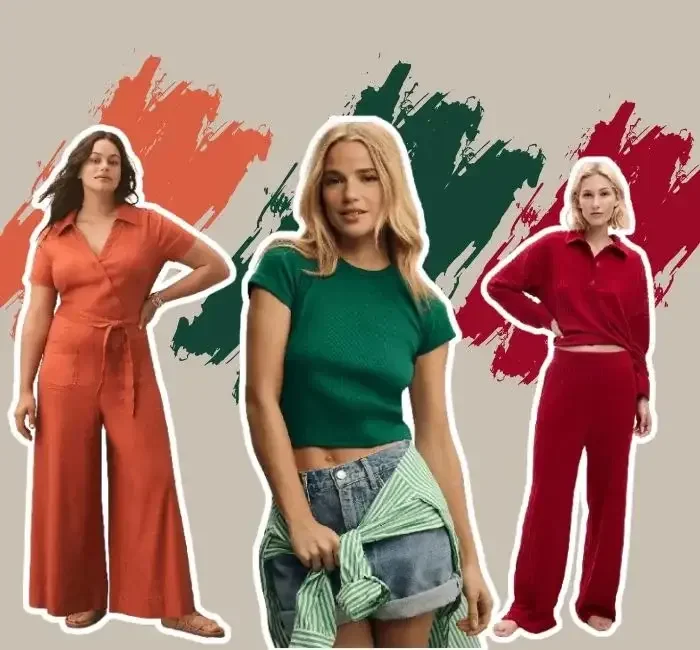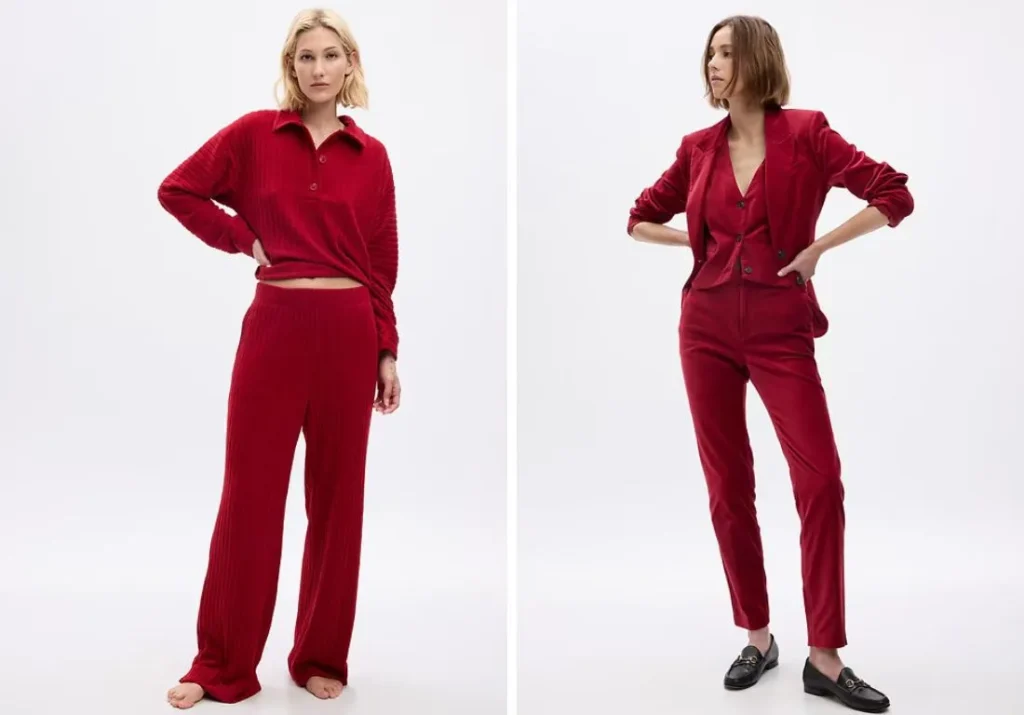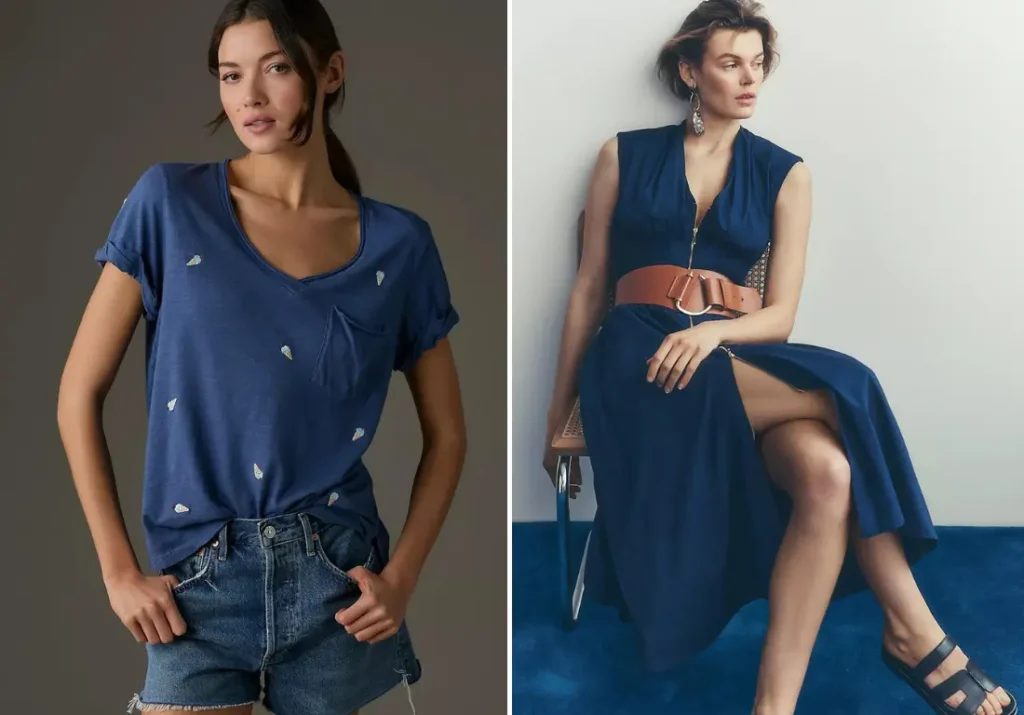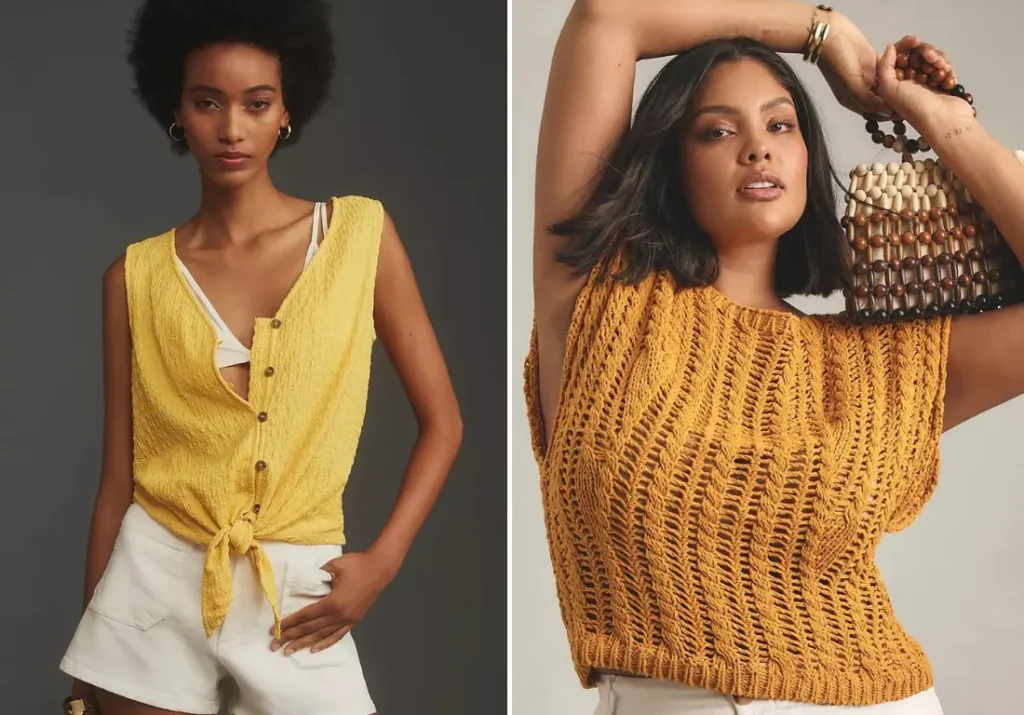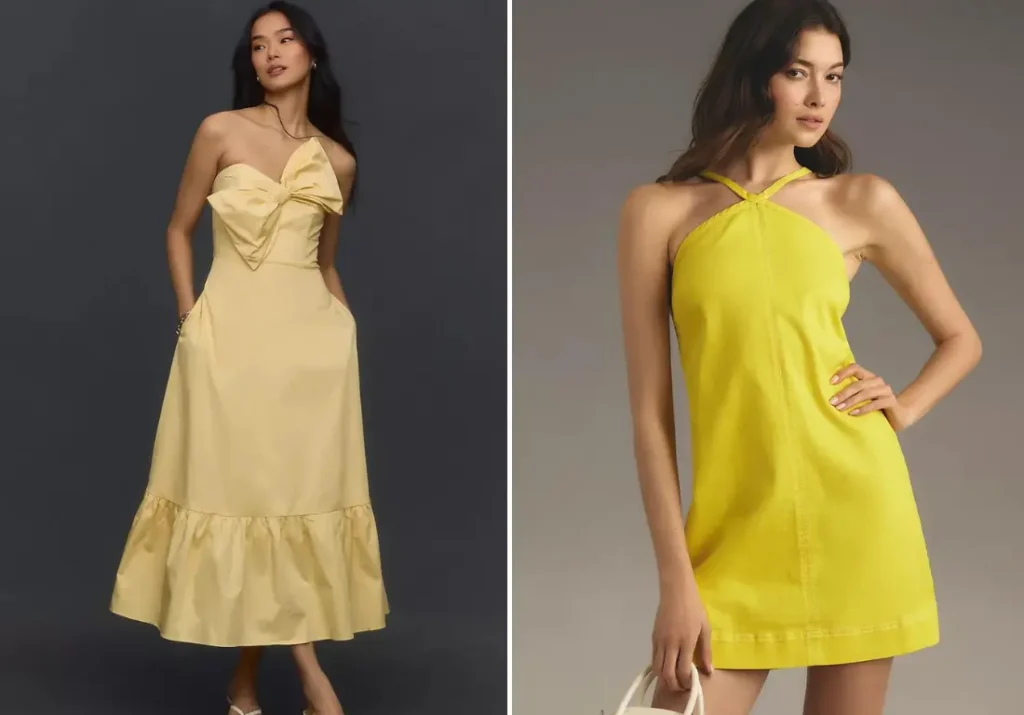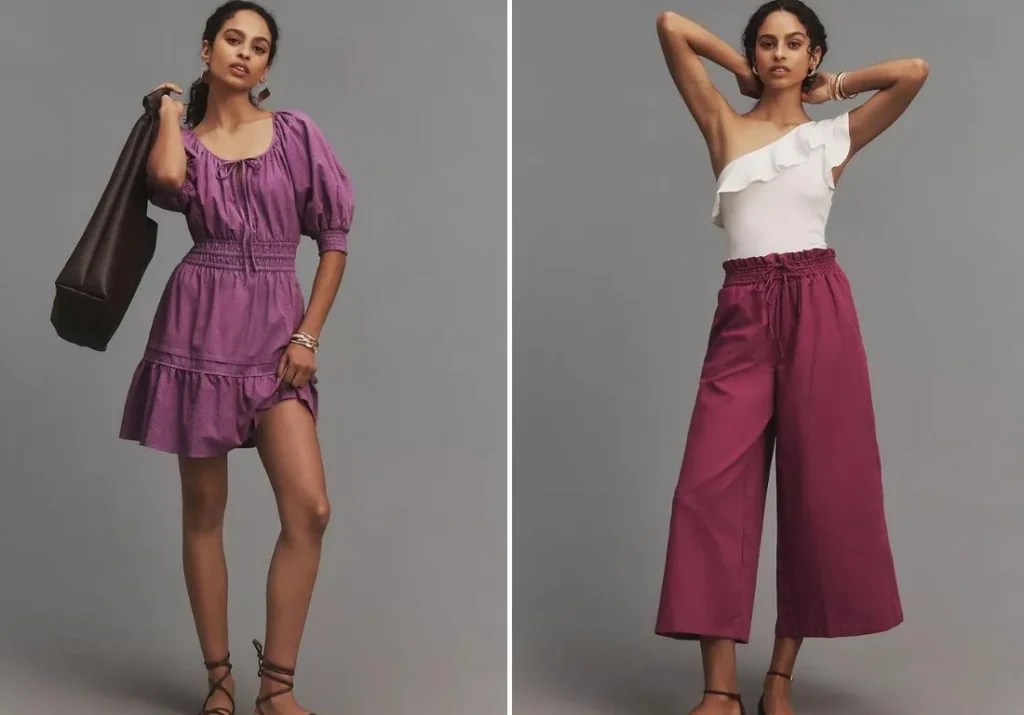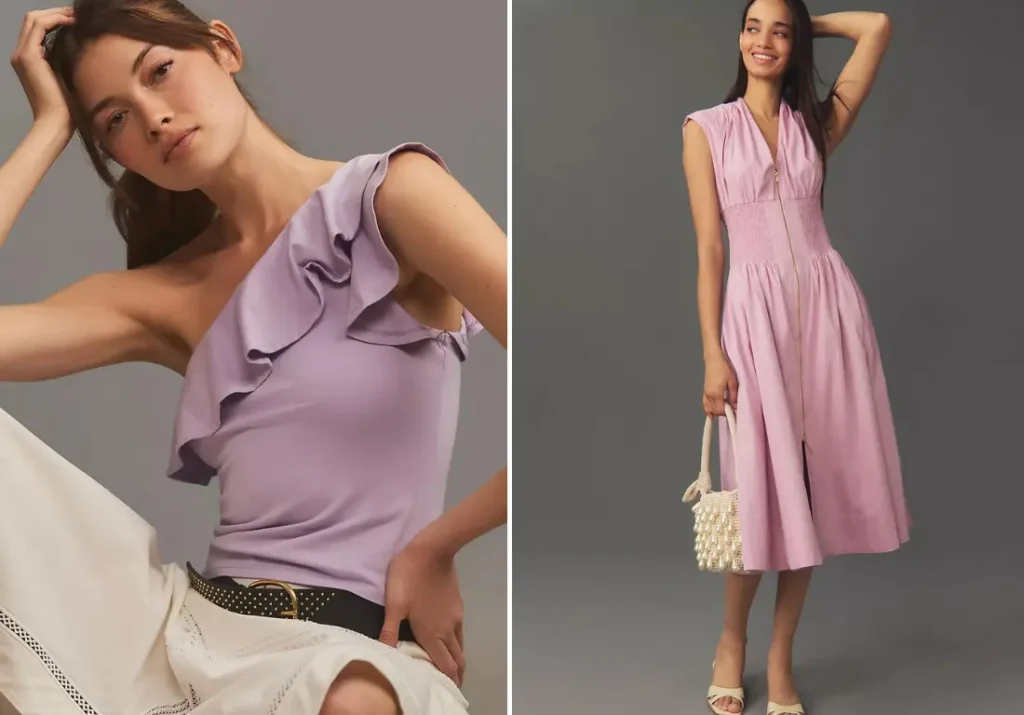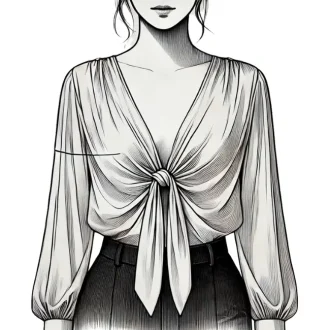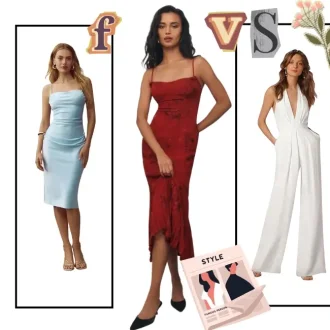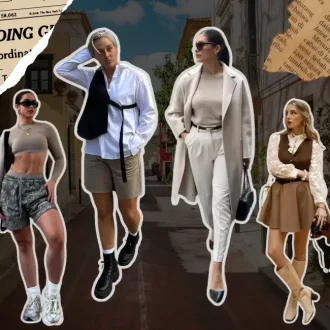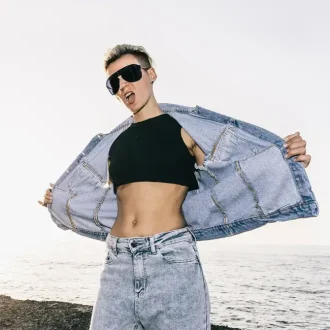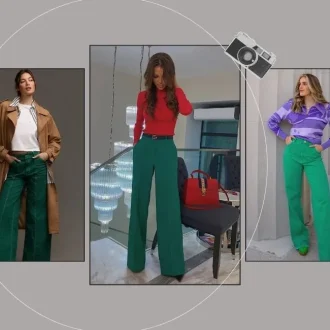Do you ever struggle with finding the right colors that make you feel confident and stylish?
Mastering the art of color can transform your wardrobe and elevate your fashion game. Understanding warm and cool colors is the key to creating harmonious and stunning outfits.
This guide will teach you how to distinguish between these tones, choose the perfect shades for any occasion, and make every outfit a fashion statement.
Don’t miss out on unlocking the secrets of color theory. Your ultimate style transformation starts here.
Understanding Warm vs Cool Colors

Color plays a pivotal role in fashion, helping to enhance natural beauty and express personal style. Warm and cool colors are two primary categories in color theory, each evoking different feelings and working differently depending on your skin tone and overall look.
Warm Colors
Warm colors are reminiscent of heat and sunshine. They include hues like red, orange, yellow, and variations like coral and gold. These colors are often perceived as lively and welcoming, making them perfect for creating a vibrant and energetic look. In fashion, warm colors can make a bold statement, add warmth to your appearance, and highlight features.
Cool Colors
Cool colors, associated with water, sky, and nature, include shades like blue, green, and purple, as well as their variations like teal and lavender. These colors tend to have a calming and soothing effect. In fashion, cool colors are ideal for creating an elegant and serene look, often providing a sense of tranquility and sophistication.
Significance in Fashion
Understanding the distinction between warm and cool colors helps in making informed fashion choices that enhance your natural complexion and suit your personal style. For instance, wearing colors that complement your skin’s undertone can make you look more vibrant and put-together. Warm colors can bring out the natural glow in warm
Identifying Warm and Cool Colors in Fashion
Understanding the distinction between warm and cool colors is essential for making informed fashion choices. Here’s a detailed breakdown of how to identify warm and cool shades across various colors, complete with examples and visual references.
Reds
Warm Reds

Warm reds have a yellow or orange base, creating a vibrant and energetic look. These shades can add warmth and excitement to your outfit.
- Examples: Coral, Brick, Poppy.
- Visuals: Coral red has a bright, almost peachy tone. Brick red is deeper with a hint of brown. Poppy red is a bright, cheerful red with a hint of orange.
Cool Reds
Cool reds have a blue or purple base, giving them a rich and sophisticated feel. These shades can add depth and elegance to your wardrobe.
- Examples: Cherry, Wine, Ruby.
- Visuals: Cherry red is bright and slightly pinkish. Wine red is dark and has a purplish hue. Ruby red is deep and jewel-toned.
Greens
Warm Greens
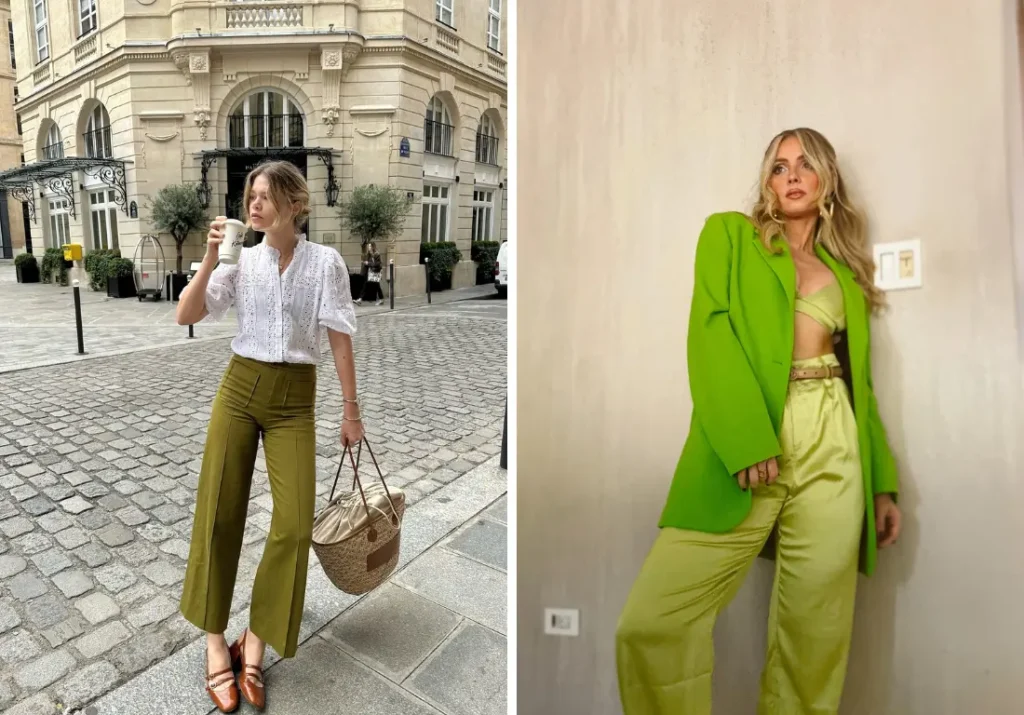
Warm greens have a yellow or brown base, creating a natural and earthy appearance. These shades can evoke feelings of growth and vitality.
- Examples: Lime, Olive, Khaki.
- Visuals: Lime green is bright and almost neon. Olive green is subdued and earthy. Khaki green is muted with a hint of brown.
Cool Greens
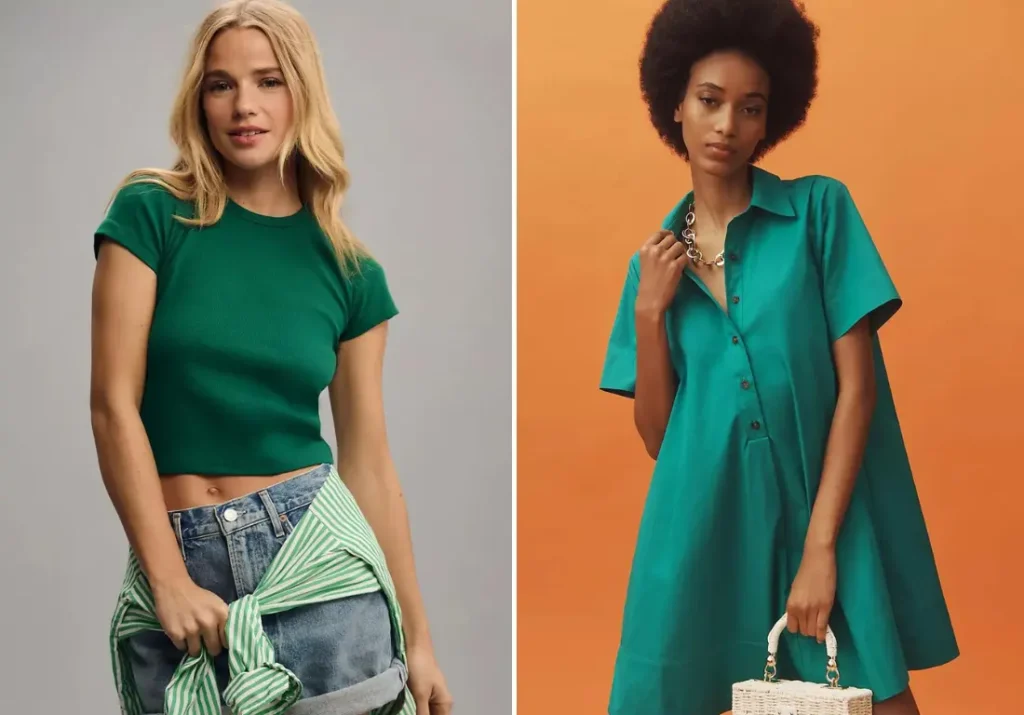
Cool greens have a blue base, resulting in a fresh and calming effect. These shades can bring a sense of tranquility and sophistication.
- Examples: Emerald, Jade, Spruce.
- Visuals: Emerald green is bright and jewel-toned. Jade green is softer with a bluish tint. Spruce green is dark and has a bluish undertone.
Browns
Warm Browns
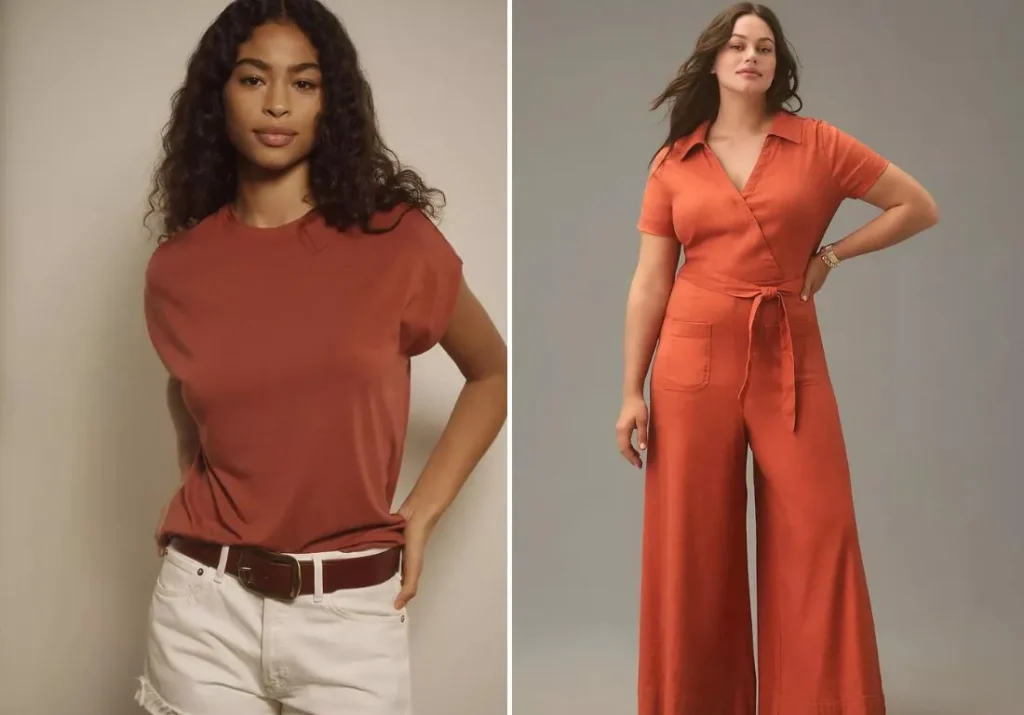
Warm browns have a red, yellow, or orange base, creating a rich and inviting feel. These shades can add warmth and depth to your outfits.
- Examples: Caramel, Rust, Sienna.
- Visuals: Caramel brown is light and golden. Rust brown is deep with a reddish hue. Sienna brown is rich and earthy.
Cool Browns
Cool browns have a blue or gray base, resulting in a more muted and sophisticated look. These shades can add elegance and subtlety to your wardrobe.
- Examples: Taupe, Mocha, Coffee.
- Visuals: Taupe brown is light and has a grayish tint. Mocha brown is medium with a slight gray undertone. Coffee brown is dark and deep.
Blues
Warm Blues
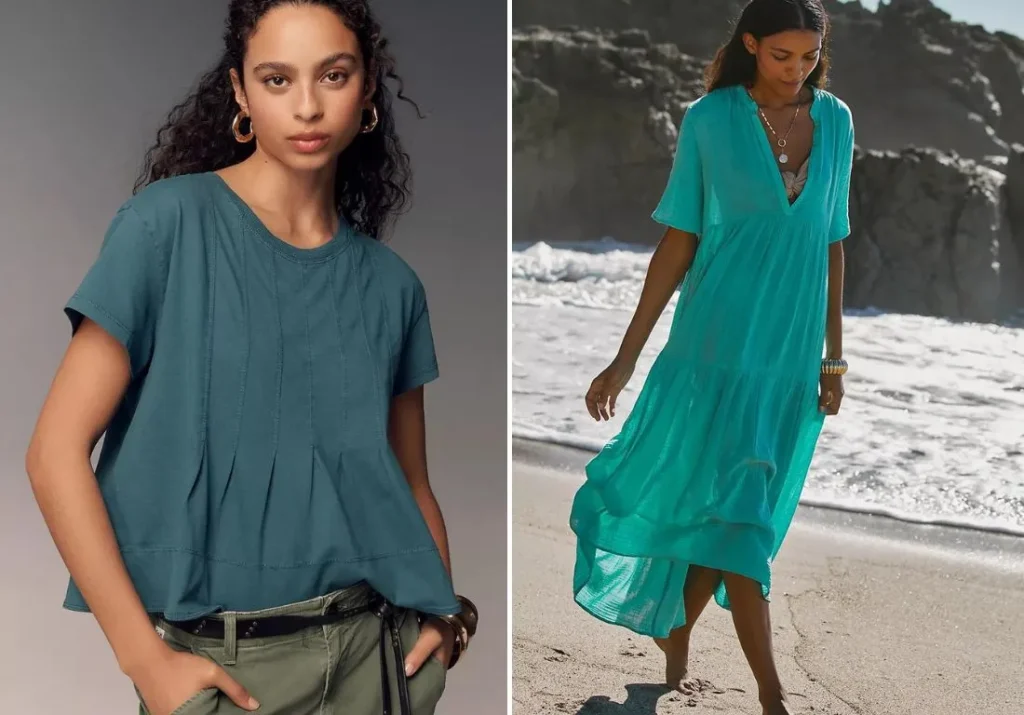
Warm blues have a greenish or teal base, creating a vibrant and refreshing appearance. These shades can add energy and liveliness to your look.
- Examples: Teal, Turquoise.
- Visuals: Teal blue is deep with a greenish tint. Turquoise blue is bright and almost cyan.
Cool Blues
Cool blues have a purplish or true blue base, resulting in a calming and classic feel. These shades can add serenity and sophistication to your outfits.
- Examples: Navy, Cobalt.
- Visuals: Navy blue is dark and rich. Cobalt blue is bright and slightly purplish.
Yellows
Warm Yellows
Warm yellows have an orange or golden base, creating a sunny and cheerful effect. These shades can add brightness and positivity to your ensemble.
- Examples: Mustard, Gold.
- Visuals: Mustard yellow is deep and slightly brownish. Gold yellow is bright and metallic.
Cool Yellows
Cool yellows have a greenish base, resulting in a soft and subtle look. These shades can add a light and fresh touch to your style.
- Examples: Lemon, Butter.
- Visuals: Lemon yellow is bright and slightly greenish. Butter yellow is pale and soft.
Purples
Warm Purples
Warm purples have a red or magenta base, creating a rich and luxurious appearance. These shades can add depth and drama to your look.
- Examples: Plum, Magenta.
- Visuals: Plum purple is deep with a reddish tint. Magenta purple is bright and slightly pinkish.
Cool Purples
Cool purples have a blue base, resulting in a calm and regal feel. These shades can add elegance and sophistication to your outfits.
- Examples: Lavender, Violet.
- Visuals: Lavender purple is soft and pastel. Violet purple is bright and slightly bluish.
By understanding and identifying these warm and cool tones in fashion, you can make informed choices that enhance your natural beauty and personal style. Use this guide to experiment with different color palettes and discover what works best for you.
Practical Applications of Warm and Cool Colors
Understanding how to use warm and cool colors effectively can elevate your fashion game, making your outfits appropriate for any occasion while reflecting your personality and mood.
Choosing Colors for Different Occasions
Professional Settings
In professional environments, it’s essential to project confidence and professionalism. Cool colors like navy, charcoal, and crisp white can convey a sense of calm, reliability, and sophistication. Pairing a navy blazer with a white blouse and charcoal trousers creates a polished look perfect for the office. For a touch of warmth, consider a burgundy accessory like a scarf or handbag, which adds a hint of vibrancy without being overpowering.
Casual Outings
For casual settings, you can afford to be more playful and relaxed with your color choices. Warm colors such as coral, mustard, and olive can make your outfit feel approachable and lively. Think of pairing a coral t-shirt with olive cargo pants and mustard sneakers for a fun, weekend-ready look. Alternatively, cool shades like mint green and light blue can offer a fresh, breezy vibe, perfect for a day at the park or a casual brunch.
Evening Events
Evening events call for a touch of elegance and drama. Cool colors such as deep emerald, sapphire, and black are classic choices that exude sophistication and mystery. A black dress paired with sapphire heels and emerald earrings can create a stunning, refined look. If you prefer warmer tones, a deep plum or burgundy dress can be equally striking, adding a sense of warmth and richness to your evening ensemble.
Mixing and Matching Warm and Cool Colors
Combining warm and cool colors can create a balanced, dynamic look that draws the eye and adds depth to your outfit. Here are some tips for mixing these hues cohesively:
- Start with Neutrals: Use neutral colors like beige, gray, and white as a base to anchor your outfit. This provides a canvas on which both warm and cool colors can stand out.
- Balance is Key: If you have a warm piece, balance it with a cool piece. For example, pair a warm mustard skirt with a cool navy top. This contrast can make both pieces pop while maintaining harmony.
- Accessorize Smartly: Use accessories to introduce either warm or cool accents. A cool-toned outfit can be elevated with a warm-toned bag or scarf and vice versa.
- Layering: Layering different tones can add dimension to your look. For example, a cool-toned shirt under a warm-toned cardigan can create a visually appealing contrast.
Emotional Impact of Colors
Colors have a profound effect on our emotions and perceptions, and understanding these can help you use colors to your advantage in fashion.
- Red: Evokes passion, energy, and excitement. A red dress or blazer can make you feel bold and confident.
- Blue: Conveys calm, trust, and tranquility. Wearing blue can help you feel more relaxed and composed, making it perfect for high-stress situations.
- Yellow: Associated with happiness, optimism, and warmth. A yellow top or accessory can brighten your mood and make you appear more approachable.
- Green: Represents balance, growth, and renewal. Green clothing can have a calming effect and is great for promoting a sense of well-being.
- Purple: Denotes creativity, luxury, and mystery. Purple items can add a touch of elegance and intrigue to your outfit, making them perfect for artistic or formal settings.
- Black: Symbolizes power, elegance, and sophistication. Black outfits can make you feel strong and confident, suitable for both professional and evening wear.
- White: Suggests purity, simplicity, and cleanliness. White clothing can make you feel fresh and can be very versatile, fitting in both casual and formal contexts.
By strategically choosing warm and cool colors based on the occasion, mixing them effectively, and understanding their emotional impact, you can create outfits that not only look great but also make you feel exactly how you want to feel.
Conclusion
Mastering the distinction between warm and cool colors can revolutionize your approach to fashion, enhancing your style and boosting your confidence.
By understanding how to identify and apply these colors, you can create outfits that are not only visually appealing but also emotionally impactful.
Whether you’re dressing for a professional setting, a casual outing, or a glamorous evening event, the right color choices can make all the difference. Embrace the power of color theory to transform your wardrobe and express your unique personality with every outfit.
